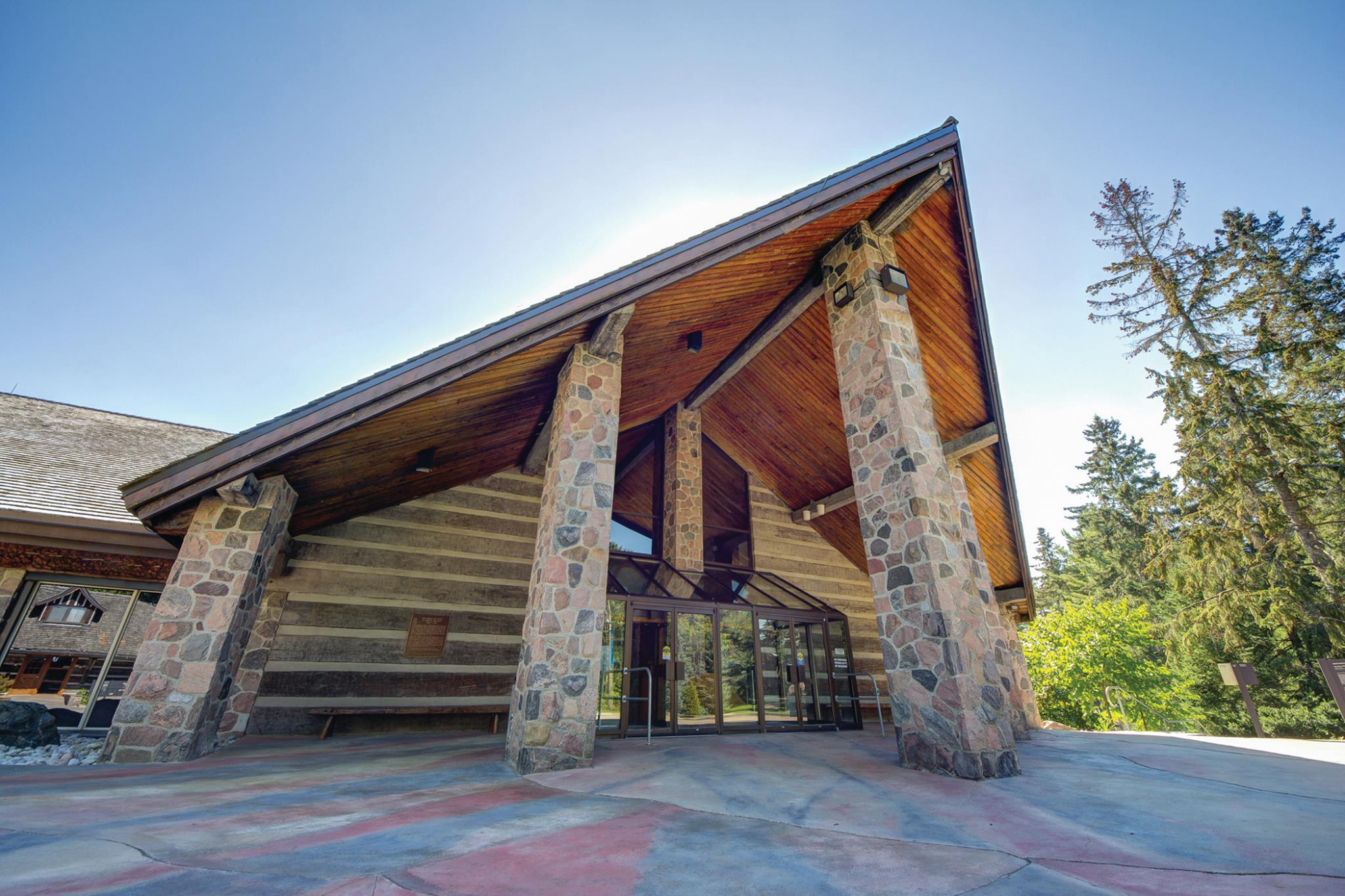April 22nd is celebrated as Earth Day by many across the globe. Created in 1970, Earth Day is dedicated to raising awareness over climate change issues. Now, each year we are reminded of our own environmental impact and our desire to do more to help our planet. In addition to making more sustainable choices in our homes, we can still care for the environment in our professional spaces too!
Have you ever considered how the physical workspace might have a negative impact on the environment? You would turn off the lights in your bathroom before leaving your own home, so why leave them on at work? The Canada Green Building Council reveals that: “buildings generate nearly 30% of all greenhouse gases. 35% of landfill waste comes from construction and demolition activities, and up to 70% of municipal water is consumed in and around buildings.”
If you work in the arts, creative spaces also play a role in our environmental impact. Consider purpose-built spaces vs non-purpose built art spaces: many museums and art galleries operate out of buildings that were not initially designed to specifically house artifacts and/or art pieces in an environmentally-conscious way. In recent years, climate change has also been a central theme around environmental awareness for many exhibitions, workshops/webinars, and conferences in the arts and culture sector. By focusing on the spaces we work in, small but significant steps can be taken to reduce our waste output.
Here are some building modifications and energy-saving tips that can help art galleries and museums reduce their environmental impact:
- Changing from halogen light bulbs to LEDs
- LEDs are free of hazardous materials, and they last up to 20 times longer than traditional lighting
- Green roof or green wall
- These can help regulate a building’s internal temperature, reduce stormwater runoff, and offer significant economic benefits, including a longer roof life and heating and cooling energy savings.Upgrading your heating, ventilation, and air conditioning to decrease energy costs
- If possible, becoming LEED-certified
- LEED (Leadership in Energy and Environmental Design) is a universal green building rating system
- Installing a composting toilet
- A composting toilet is a type of dry toilet that treats human waste by the composting process, decomposing organic matter into compost-like material
- If you are engaging in building or renovating an arts space, integrating sustainable alternative materials (such as bamboo, recycled plastic, wood, hempcrete, and papercrete) into your building plan
- Reducing waste produced in a space, such as using less plastic bottles
- Using renewable energy sources, such as solar energy
In Canada, many organizations have integrated some more sustainable methods into their spaces. Here are a few examples:

The Canadian Automotive Museum, based in Oshawa Ontario, underwent a capital project in 2015 to refresh their facility and invest in maintaining the historic structure of the building. The project saw the Museum reduce their environmental impact by upgrading their HVAC system, as well as installing new doors and safety lighting to improve the exterior facade.

The McMichael Canadian Art Collection became the first LEED-certified art gallery in Canada gaining silver certification in 2010. The gallery switched over to sensor faucets and water-saving fixtures throughout, and they consulted closely with Enermodal Engineering and LEED auditors to install a new LED lighting system. Today, 80% of the gallery’s lighting system uses LEDs.

In Winnipeg, Manitoba, 245 McDermot is an arts hub that features a composting toilet to more efficiently manage and reduce their waste and water use.
To help get you started, ArtsBuild Ontario has several resources to support you in your sustainable creative space journey. Check it out!
Creative Green: The Creative Green Tools were created by Julie’s Bicycle. They are widely used in the UK and other parts of Europe, and are recognized globally as the gold standard for carbon footprinting tools that serve the arts and culture sector. They are being adapted so they can be used all across Canada, and this adaptation is scheduled to launch in 2022.
Julie’s Bicycle: Julie’s Bicycle (JB) is a pioneering not-for-profit, mobilizing the arts and culture to take action on the climate and ecological crisis. JB’s website is filled with resources, news and tools – all relevant to Ontario’s creative spaces.
“The Green Cube”: This article, written by Chris Hampton and featured in Canadian Art, speaks to the amount of waste exhibitions produce and the impact creative spaces have on the environment. Museums and galleries are platforms where societal issues or ideas are shared, but the facilities which house these culturally significant exhibitions could be more environmentally-friendly.
“6 Adaptive Reuse Projects in Toronto”: Featured on Green Ribbon, this article explores the idea of adaptive reuse, which is a growing trend in architecture, placemaking, and urbanism. Chances are, you are familiar with a space that has transformed from its original purpose (old factories into lofts or office buildings). Check out six examples of these kinds of projects in Toronto!

